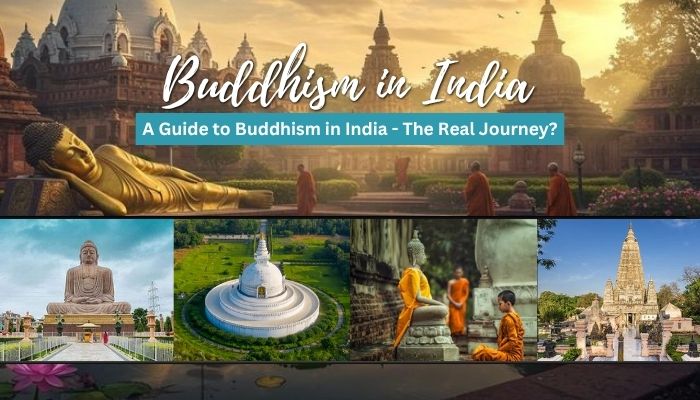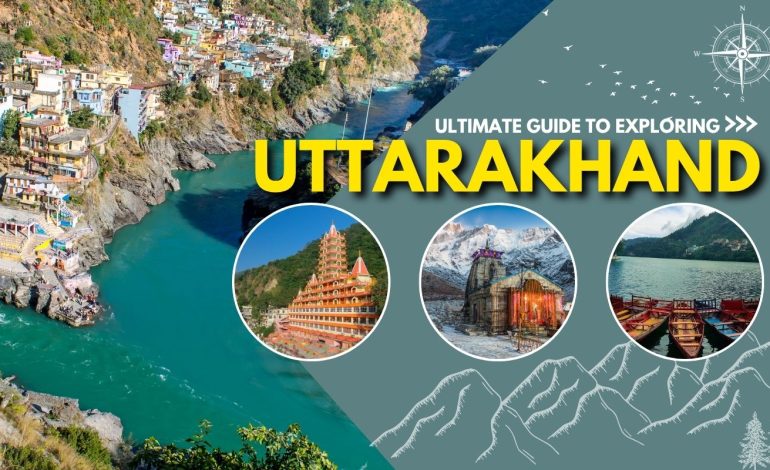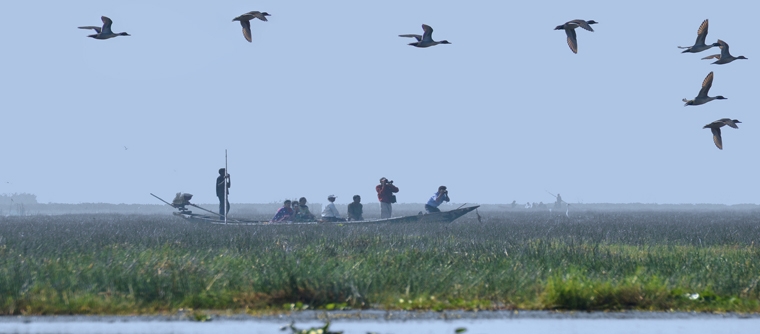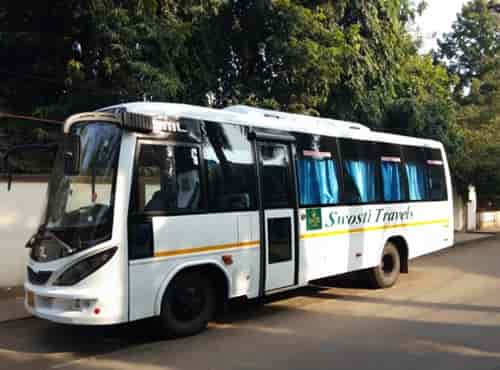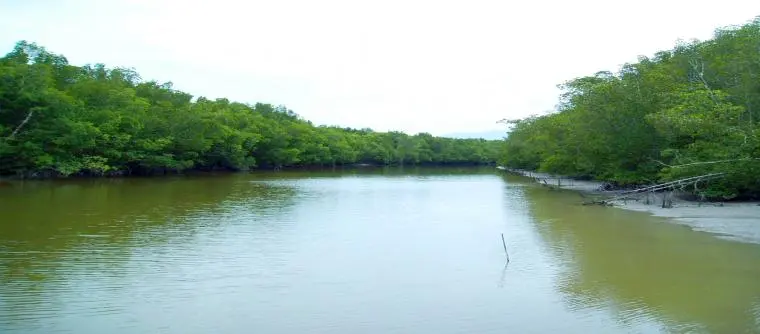You can read about Buddhism in books. Or see it in temples abroad. But if you want to walk where it started — India is the place.
Here, it’s not just belief. It’s part of the land. Not always loud or obvious, but present. In the walls of a cave. In the rhythm of a monk’s footsteps. In the air that’s unusually still.
Buddhism in India isn’t a tourist package. It’s a story that never stopped being told.
Odisha — Where the Message Spread
Long after the Buddha’s enlightenment, the teachings of compassion and non-violence truly took root here.
It was in Kalinga (modern-day Odisha) that Emperor Ashoka’s transformation unfolded — a shift that turned a powerful ruler into a messenger of peace.
The Kalinga War, fought near the banks of the Daya River, changed the course of Indian history. Moved by the suffering around him, Ashoka embraced Buddhism and spread it across India and beyond.
Today, Odisha still carries that echo.
Visit Dhauli Shanti Stupa, where Ashoka’s conversion is commemorated. White domes, inscriptions, and the quiet hum of prayers — it feels like history exhaling peace.
You’ll also find traces of ancient monasteries at Ratnagiri, Lalitgiri, and Udayagiri — together known as the Diamond Triangle of Odisha. These sites aren’t as crowded as Bodh Gaya or Sarnath, but their calm is unmatched.
Walk through the ruins, the sculptures, the prayer halls — and you’ll see how Buddhism in India spread from Odisha outward, across Asia.
India and the Buddha — A Shared Timeline
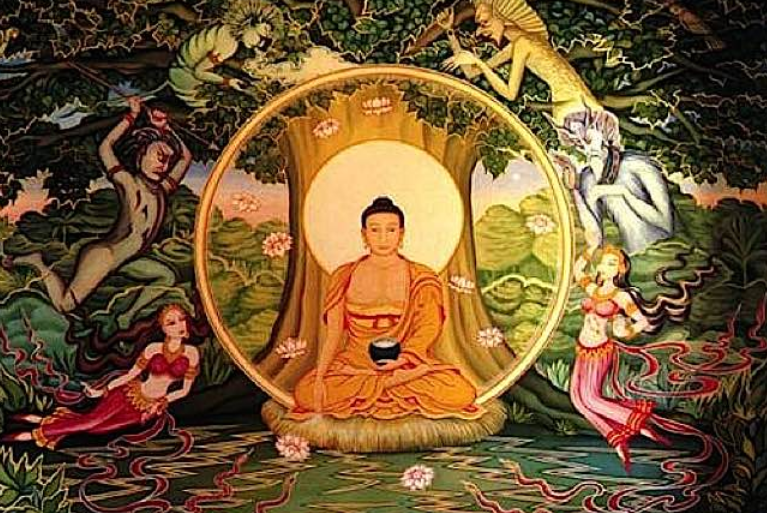
Gautama Buddha wasn’t born in India. But everything that shaped his teachings happened here.
He searched. He sat. He spoke. He passed. All on Indian soil.
That makes India more than sacred ground. It makes it the blueprint. The original path.
Not a trail of monuments. A sequence of moments.
Places That Hold More Than History
If you’re thinking of going, know this: these places aren’t lined up for convenience. You’ll move. Across states. Through valleys. Into quieter spaces. But that’s part of the pull.
Bodh Gaya, Bihar
This is the center. Where the Buddha found enlightenment. The Mahabodhi Temple is here. So is the Bodhi Tree — or at least its living descendant. You’ll find people meditating for hours. Others simply sitting. Nothing commercial about it. It feels as it should.
Sarnath, Uttar Pradesh
The first sermon was delivered here. The Dhamek Stupa rises from earth with no urgency. Everything here invites you to slow down. Even the nearby museum lets you wander, not rush.
Kushinagar, Uttar Pradesh
It’s not packed. And that’s perfect. The reclining Buddha statue — enormous, serene — marks where the Buddha is said to have passed into Nirvana. The town is small. The space feels like it remembers.
Ajanta & Ellora Caves, Maharashtra
Not temples in the usual sense. These caves were retreats. Homes. Classrooms. Each sculpture, a story. Each wall, painted thought. They say more about buddhism in india than any textbook ever could.
Ladakh
Monasteries cling to cliffs. Wind carries the sound of prayers. In Hemis, Thiksey, Diskit — monks go about their day as they have for generations. You’re welcome to observe. Just don’t turn it into a spectacle.
Tawang, Arunachal Pradesh
It takes effort to reach. Maybe that’s why it remains as it is. Tawang Monastery is one of the largest in the country. But it doesn’t feel like a showpiece. It feels lived in. That’s rare.
Buddhist Temples Today — Still Breathing
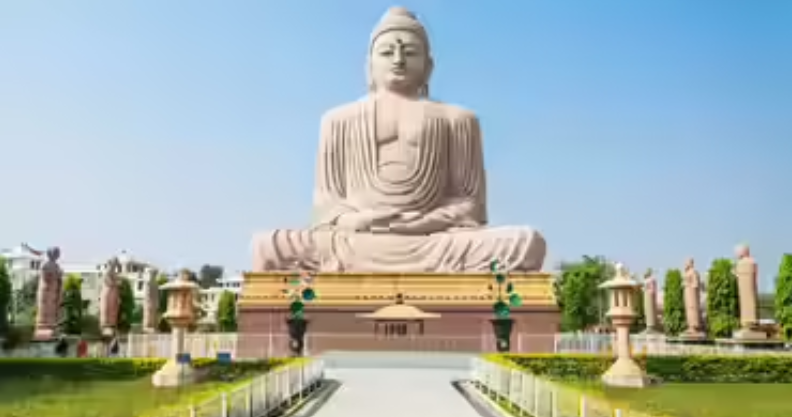
Some buddhist temples in india are centuries old. Others are new but rooted in the same rhythm.
Either way, they’re not frozen in time. Lamps are still lit. Chants still echo. Lessons are still taught. Not everywhere, but often enough.
You might walk in expecting silence and come out changed — not by what’s said, but by what’s not.
The Path Isn’t Linear. Your Plan Should Be.
Mapping this alone? Possible, but not simple. You’ll deal with distances, permits, inconsistent routes. And honestly, it takes away from the experience.
That’s why curated tours matter — when they’re done right.
Swosti India has built theme based tour packages for travelers who aren’t just checking places off. Their Buddhist tours cover the essentials — yes. But also the flow. The logic. The gaps between the dots.
So you’re not managing the trip. You’re in it.
Things to Know Before You Step In
- Seasons shift: Most sites are best from October to March. Ladakh and Tawang? Try summer.
- Journeys take time: This isn’t a city-hop. Prepare to slow down.
- Dress with care: Modest. Respectful. Not flashy.
- Connectivity? Sparse. That might be the best part.
What This Trip Really Leaves You With
You won’t come back with flashy photos. Or maybe you will. But that’s not what stays with you.
What stays is the pause. The slowness. The space between sounds.
Buddhism in India doesn’t sell itself. It doesn’t need to. It simply is. And when you walk through it — not past it — something shifts.
In Closing: Don’t Just Travel. Trace.
This isn’t just a destination loop. It’s a timeline. And it’s still open.
If you feel drawn to understand, not just see — Swosti India Buddhist tour packages make the path easier to follow, without reducing its depth.
Because some journeys aren’t about going farther. Just deeper.
- Contact Details
- https://www.swostiindia.com/
- tours.int@swosti.com
- +91 9338091727, +919937015933

